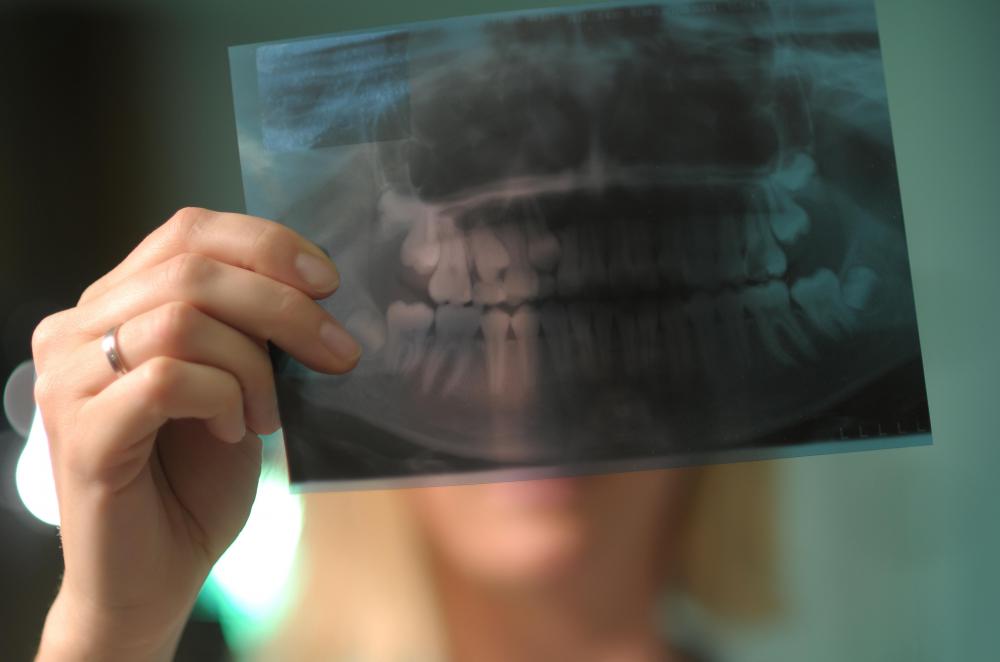At WiseGEEK, we're committed to delivering accurate, trustworthy information. Our expert-authored content is rigorously fact-checked and sourced from credible authorities. Discover how we uphold the highest standards in providing you with reliable knowledge.
What Is Pulpitis?
Pulpitis is a term that refers to inflammation of the inner tissue of the teeth, called dental pulp. This condition may be classified as either reversible or irreversible, and the treatment regimen for either can vary based on this categorization. Often, bacteria can be the cause of inflamed pulp, but sometimes, it may be related to other causes such as trauma to the mouth. Infections and other triggers can result in an immune system response, which leads to the pulp swelling and pressing against the outer enamel of the teeth. At times, the structure of the nerves in the teeth can make finding the exact source of the pulpitis difficult, because the pain can spread from the initial location to nearby teeth.
Bacterial tooth decay, called dental caries, that spreads past the outer layers of the teeth to infect the pulp is usually, but not always, the cause of pulpitis. Immune responses to infection or trauma can often include greater blood flow to the area, so that white blood cells called lymphocytes can reach the site, and some of the chemicals released by lymphocytes and other cells can lead to inflammation. Depending on how severe this swelling is, various levels of pain could be caused. In some cases, an individual with this condition might not have any pain, but in others, severe throbbing pain that coincides with blood reaching the area might be felt, along with greater sensitivity to temperature.

Reversible pulpitis is often characterized by pain from external stimuli that fades away after a few minutes. Treatment for this type of inflamed pulp usually consists of getting rid of its cause. This may be as simple as using dental care products that can remineralize the teeth and restore the outer protective layer of enamel. Other times, antibiotics could be required to cure an underlying infection, or drilling might be required to remove the damaged area, followed by a filling placed on the site.

When irreversible pulpitis occurs, it generally causes pain that can remain for up to 10 seconds after a trigger is removed. Irreparable damage like this can sometimes be detected by electronic means, or through x-rays. No real cure for this condition exists, so often, the dental pulp must be removed entirely in order for a person to obtain relief. Root canals, which remove the pulp, may sometimes be performed, but in extreme cases, the entire tooth may have to be taken out.
AS FEATURED ON:
AS FEATURED ON:

















Discuss this Article
Post your comments